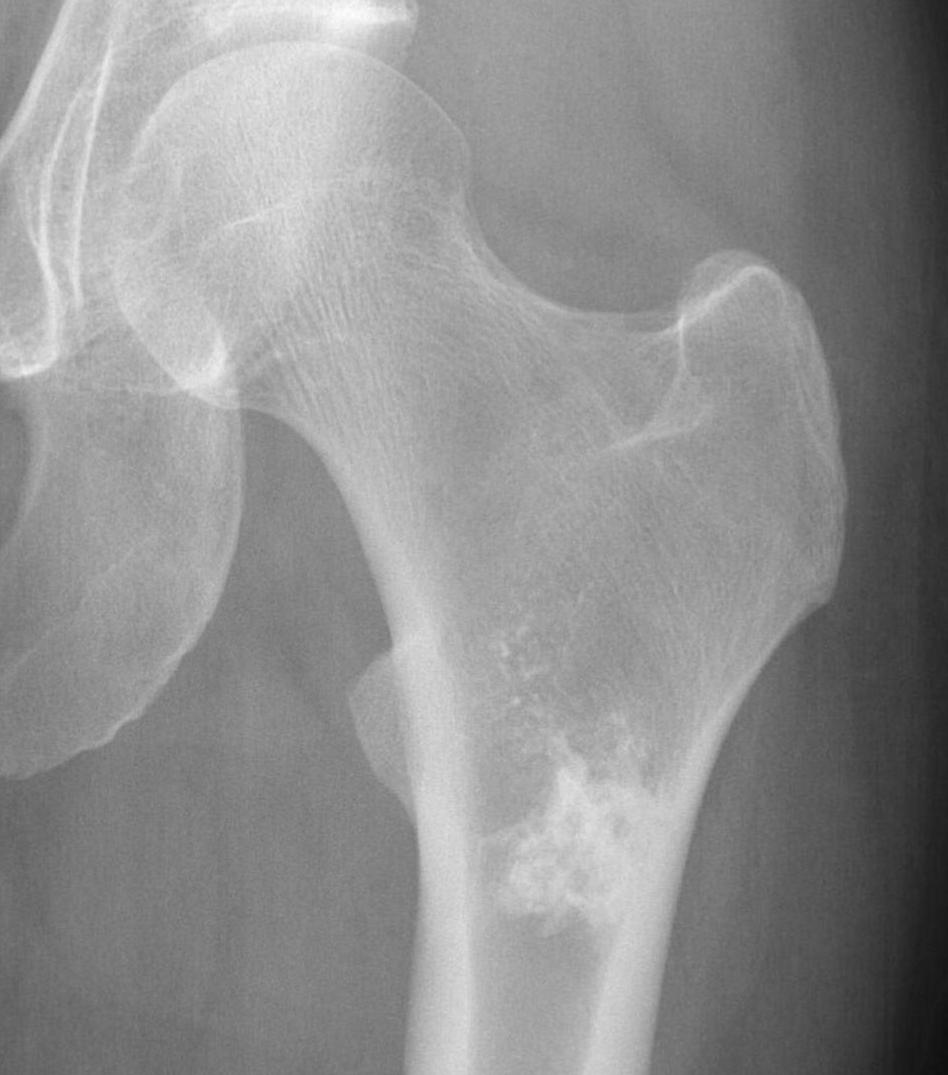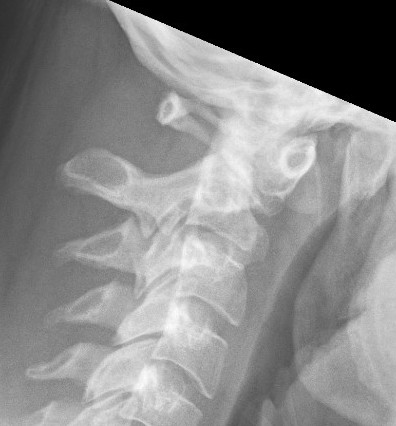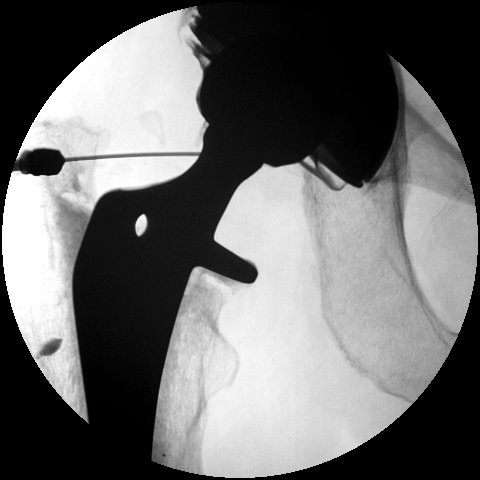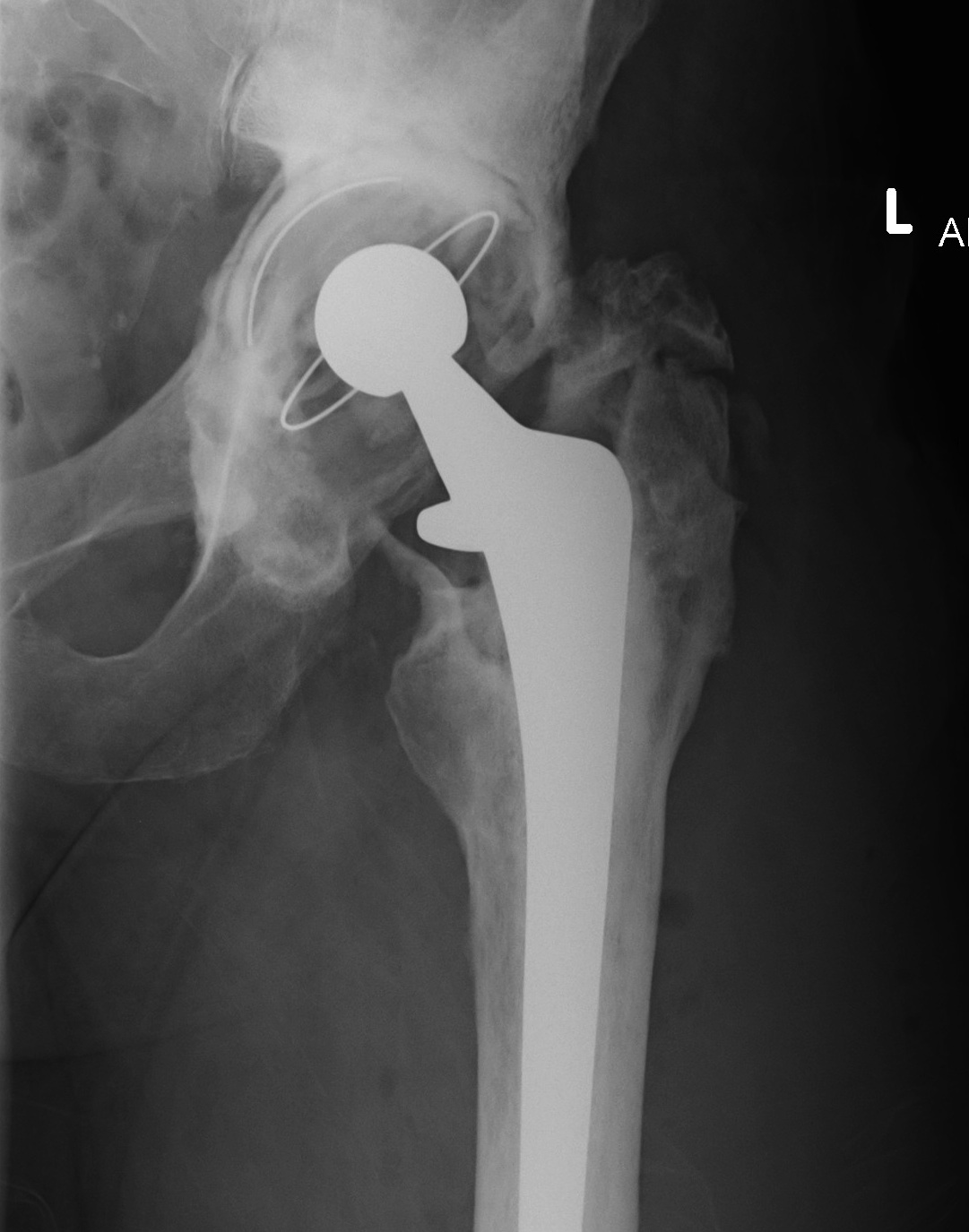xray
Enchondroma


Definition
Benign intramedullary cartilage lesion
Etiology
Periosteal Osteosarcoma
Definition
Intermediate grade chondroblastic osteosarcoma arising from surface of long bones
Epidemiology
Extremely rare
- 1% of all osteosarcomas
- 25% of surface osteosarcomas
Age 15-25
Location
Typically anterior proximal tibia
- diaphysis of major long bones
- humerus
Pathology
Ossification posterior longitunal ligament (OPLL)

Definition
Ossification of the posterior longitudinal ligament (OPLL)
Heterotopic ossification of the posterior longitudinal ligament
Epidemiology
2:1 Male:Female
More common in Japanese and East Asian populations
Clay-shovelers
Clay-shoveler's
Definition
Spinous process avulsion
- typically C7
- can be seen in thoracic spine

Mechanism
Spinous process avulsion secondary to ligamentum nuchae
Atlanto-axial instability

Definition
Loss of ligamentous stability between atlas and axis
Can cause impingement of the spinal cord
Etiology
Ulna collateral ligament
Definition
Injury to ulnar collateral ligament of thumb MCPJ
Interferes with pinch grip and grasp and thumb is ineffective as a post




